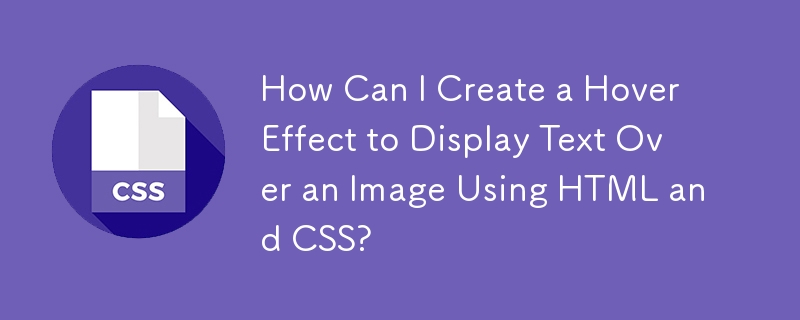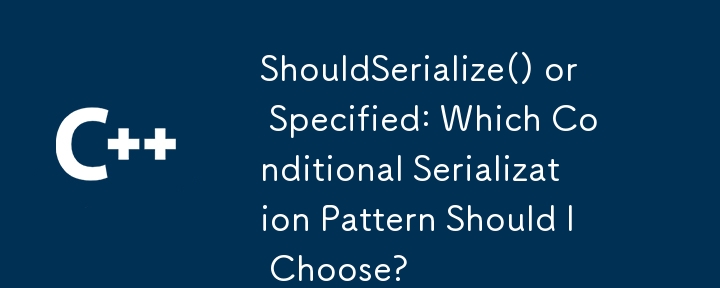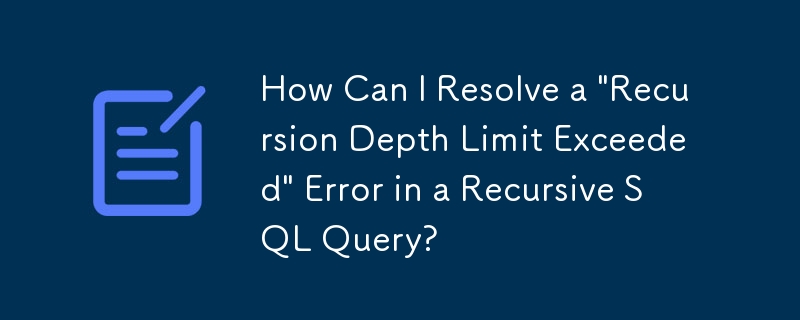Found a total of 10000 related content
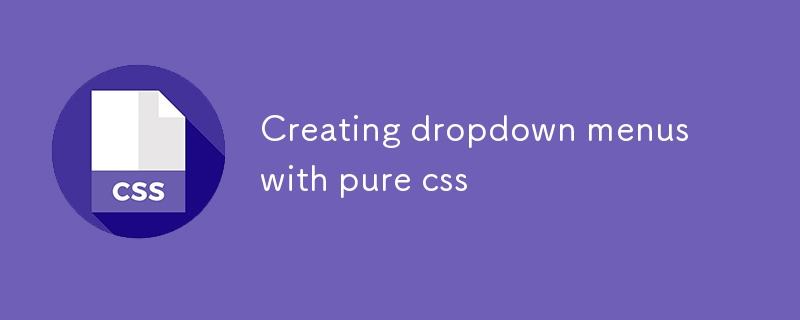
Creating dropdown menus with pure css
Article Introduction:The key to making a pure CSS drop-down menu is that it has clear structure, natural interaction, and no JavaScript is required. 1. Use unordered lists and list items to build a semantic HTML structure. Place the main menu item under .menu, and the submenu is implemented with nesting; 2. Display hidden through CSS's :hover pseudo-class and positioning control. Use display:none; hide submenu by default. Use display:block; to display when hovering, and set position:absolute; to coordinate with parent element position:relative; to coordinate positioning; 3. Optimize the experience and add transition animations, such as opacity and visibility combined with transition implementation.
2025-07-09
comment 0
721

How to create a dropdown menu in HTML?
Article Introduction:The key to making the drop-down menu is the coordination of HTML structure with CSS and JS. First, use an unordered list and build an infrastructure, and the main menu item contains nested submenu; then set the submenu by default (display:none) through CSS, use the :hover pseudo-class to achieve hover display, and use position:absolute to locate the submenu; finally, to be compatible with mobile terminals, you need to add click events to switch the submenu status with JavaScript, and pay attention to handling detailed issues such as link jumps and hierarchical display.
2025-07-08
comment 0
821

How to Create a CSS3 Blurred Text Link Effect
Article Introduction:Detailed explanation of the effects of fuzzy text in CSS3 and FAQs
Key Points
CSS3 can create blur text effects with transparent text colors and text shadows, but not all browsers support the text-shadow property. In this case, you can use Modernizr or write custom text shadow detection code as a workaround.
A pleasant effect can be achieved for the navigation menu by smoothly blurring the links in and out while hovering or focusing. This involves defining a "blur" class that can be applied to any link and then using a CSS style that can be applied in all browsers.
When creating blurred text effects, be sure to pay attention to accessibility and visibility issues. In addition, the third text shadow can be adjusted by adjusting
2025-03-04
comment 0
454

Vanilla Javascript: Creating Animated Sticky Navigation Menu
Article Introduction:Core points
Create an animated sticky navigation menus without the need for a jQuery plugin using pure JavaScript, CSS, and HTML. The menu is designed to slide out of view when scrolling down and slide back into view with a translucent effect when scrolling up.
This process involves setting up the basic HTML structure, applying styles to main elements, and then animateing the menu. The animation is triggered by attaching the event handler to the scroll event and using CSS transformation to adjust the position and appearance of the menu according to the scrolling direction.
This custom solution provides more design flexibility and allows easy customization to be done according to specific needs. The end result is a dynamic interactive navigation menu that enhances the user experience.
Web navigation menu design needs to consider many factors, such as dishes
2025-02-16
comment 0
1136
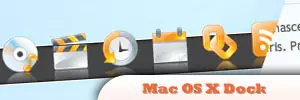
15 Premium jQuery Designing Tools
Article Introduction:jQuery4u.com: Featured jQuery plug-ins and design tools! The following are some practical, beautiful and efficient design tools. Some of them have been tested by me and are powerful. Come and try it!
jQuery "Extraordinary" navigation
Cleverly imitate the Dock and Stack effects of OS X.
View the demo source code
jQuery keyword highlighting
Use this jQuery plugin to highlight important keywords easily.
View the demo source code
IE text shadow effect
With this jQuery plugin, IE browser can also easily achieve text shadowing effects.
View the demo source code
Cool jQuery menu
use
2025-03-09
comment 0
679

How do media queries enable responsive web design for different screen sizes and devices?
Article Introduction:Media query is a CSS feature that allows different styles to be applied according to the screen size, resolution, or direction of the device, thereby enabling responsive web design. Its core function is to optimize the layout display effect on different devices through condition judgment. For example, hide the menu to fit the mobile device when the screen width is less than 768px. It helps developers adjust layout structure, font size, element visibility and image switching without modifying HTML. Typical application scenarios include adaptation of mobile phones (480px), tablets (768px), and desktop devices (1024px or 1200px). It is recommended to adopt a mobile-first strategy and flexibly set breakpoints in combination with content needs. When using it, you need to pay attention to testing the actual screen width and reasonably matching min-widt
2025-06-17
comment 0
275

How to debug HTML code in Google Chrome Developer Tools?
Article Introduction:The key to debugging HTML code is to master several core functions of ChromeDevTools. 1. Check the element structure: quickly locate the HTML position by right-clicking "Check", expand the node to view the nested structure, and double-click modifying content for temporary testing; 2. View and modify styles: View the applied CSS rules on the right side of the Elements panel, disable a certain style to observe the impact, or add a new style to test the effect; 3. Use the console to operate the DOM and execute JS, such as obtaining elements, modifying content, and testing whether the button event takes effect; 4. Responsive design debugging: Use the device toolbar to simulate different screen sizes, and comprehensively analyze layout problems in combination with the box model display and the Computed style panel.
2025-07-11
comment 0
994

How to convert AutoCAD DWG to PDF?
Article Introduction:To convert AutoCAD's DWG file into PDF, 1. You can use the export function that comes with AutoCAD: click "Application Menu" → "Output" → "Print", select "DWGToPDF.pc3" virtual printer, set paper, layout and other parameters before saving; 2. You can also enter PLOT through the command line to quickly operate and enable background processing; 3. If batch conversion is required, you can use the built-in or third-party batch printing tool to add multiple files and set the output path to export in one click; precautions include: Ensure that the scale and line scale settings are correct, adjust the background color, and select high-resolution configuration files to avoid blurred content or abnormal display. It is recommended to test the export effect in advance to ensure delivery quality.
2025-07-07
comment 0
609

What is the html canvas element used for?
Article Introduction:Elements of HTML are used to render graphics on web pages through JavaScript. They do not have the ability to display shapes or images themselves and must be drawn through scripts. 1. It supports drawing basic shapes such as rectangles, circles and lines. Common methods include fillingRect() filling rectangles, strokeRect() stroke rectangles and clearRect() clear areas; 2. It can render images and text, use drawImage() to place images, fillText() to draw text; 3. It is suitable for animation and real-time graphics, and the animation effect is achieved through repeated clearing and redrawing, and can be optimized with requestAnimationFrame(); 4. The disadvantage is that the content is inaccessible and unsuitable.
2025-07-09
comment 0
958
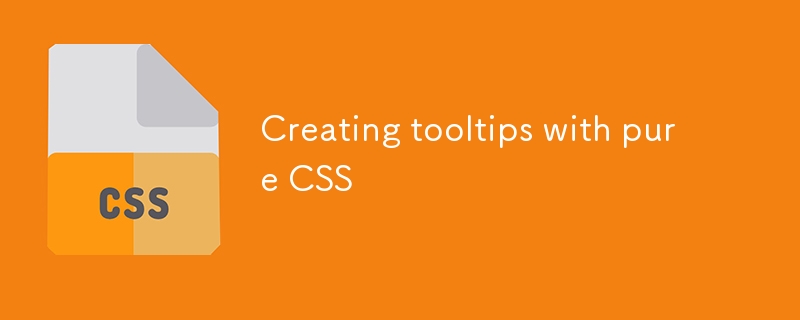
Creating tooltips with pure CSS
Article Introduction:The method of implementing tooltip with pure CSS is: 1. Use nested HTML structure to wrap the trigger area and prompt content; 2. Control the display and hide of child elements through:hover; 3. Use absolute positioning to set the prompt box position; 4. Add animation to improve the experience; 5. Pay attention to z-index and multi-directional adaptation. The specific implementation includes setting .tooltip as relative positioning, .tooltiptext is hidden by default, becomes visible when hover, and can add transition to achieve fading and delay effects. At the same time, positioning in different directions is controlled through class names, but it should be noted that the effect of hover on the mobile side may be limited.
2025-07-07
comment 0
212

Using the HTML Template Tag for Reusable Content
Article Introduction:Using tags can efficiently reuse HTML code, and its content is not rendered by default, but can be cloned and inserted into the DOM through JavaScript. The specific steps are: 1. Define the template structure; 2. Get the template through document.getElementById; 3. Cloning the content with document.importNode; 4. Add the clone content to the specified location of the DOM; 5. The clone content can be dynamically modified to achieve personalized display. Suitable for reuse of static structures, such as user cards, modal boxes, etc., it is lighter than frames and requires no external dependencies. Note that scripts and styles only take effect after insertion, avoid ID conflicts and consider the impact of resource delayed loading.
2025-07-08
comment 0
685


Dave The Diver: How To Catch Spider Crabs
Article Introduction:In Dave The Diver, there are some creatures that are not easy to catch. Or, catch alive that is. The spider crab is one of those very species, making it seem like the only way to bring these crustaceans back up to land is to viciously crack them up w
2025-01-10
comment 0
777

Prepare for Interview Like a Pro with Interview Questions CLI
Article Introduction:Prepare for Interview Like a Pro with Interview Questions CLI
What is the Interview Questions CLI?
The Interview Questions CLI is a command-line tool designed for JavaScript learners and developers who want to enhance their interview
2025-01-10
comment 0
1408

Soft Deletes in Databases: To Use or Not to Use?
Article Introduction:Soft Deletes: A Question of DesignThe topic of soft deletes, a mechanism that "flags" records as deleted instead of physically removing them, has...
2025-01-10
comment 0
1026
